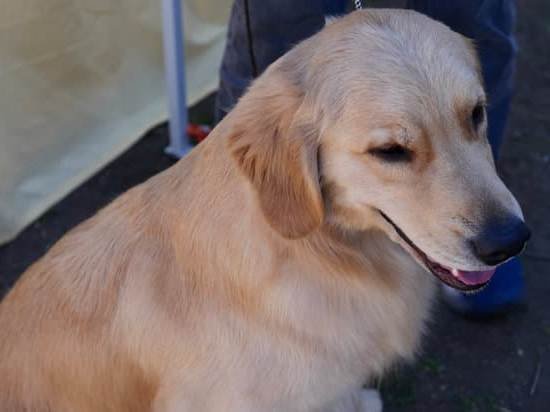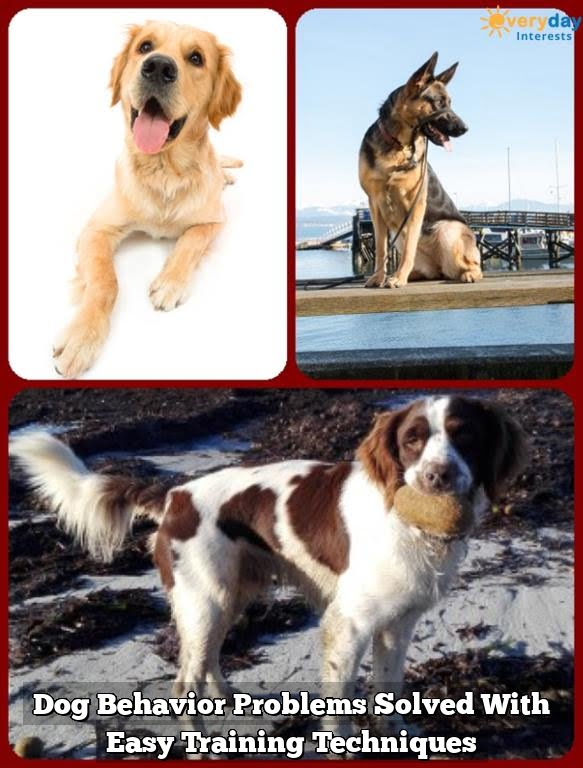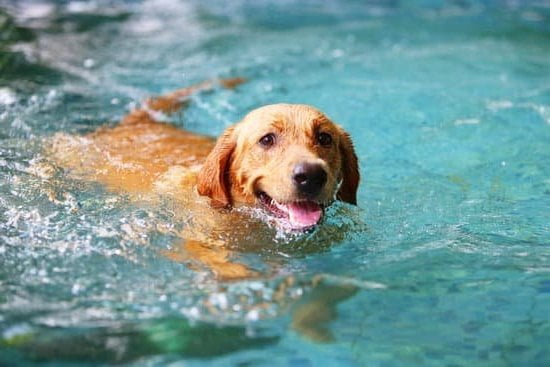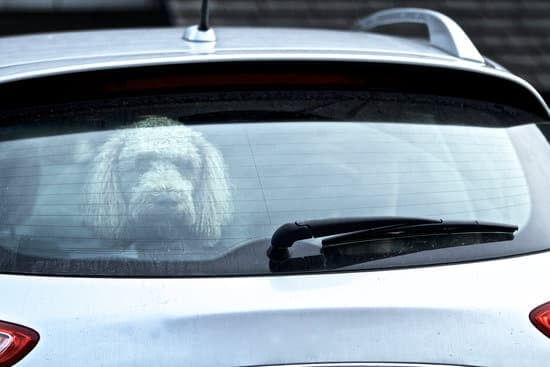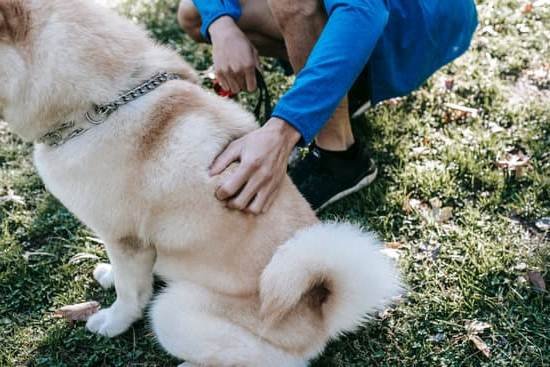There are a few common house training problems that can occur when training your dog. One of the most common problems is when a dog is not house trained at all. This can be a very frustrating problem for both the dog and the owner. Another common problem is when a dog has been house trained, but starts to have accidents in the house again. This can be caused by a number of things, such as a change in the dog’s routine, a new baby or pet in the house, or a medical problem.
If your dog is not house trained, the first step is to start by taking the dog outside regularly, every time he or she eats, drinks, or goes to the bathroom. You should also praise the dog when he or she goes outside. If the dog has an accident in the house, do not punish the dog, as this will only make the problem worse. Instead, clean it up quickly and take the dog outside to correct the behavior.
If your dog has been house trained, but is having accidents again, you will need to figure out why the dog is not being house trained properly. One common reason is that the dog is not getting enough exercise. Dogs need plenty of exercise in order to help them control their bladder and bowels. Another common reason is that the dog is not being taken outside enough. Dogs usually need to go to the bathroom after they have been asleep for a while, after they have eaten, and after they have played. If you are not taking the dog outside enough, he or she will start to have accidents in the house.
If you are having trouble house training your dog, it is important to consult with a professional dog trainer. A professional dog trainer can help you figure out what is causing the house training problems and can help you correct them.
Easiest Dog Breed To House Train
House training a dog is one of the first things you need to do when you get a new pet. Different breeds of dogs can be easier or harder to train, and some dogs are naturally more house-oriented than others. If you’re looking for a breed of dog that is easy to house train, the following breeds are some of the best options.
Poodles
Poodles are one of the easiest dog breeds to house train. They are naturally very clean and are quick to learn what you expect from them. Poodles are also relatively small dogs, which can make them easier to manage when you’re trying to train them in the home.
Bichon Frise
Bichon Frises are also very easy to house train. They are small dogs, and they are also very quick to learn what you expect from them. They are also very playful and energetic, which can make them a lot of fun to have around the house.
Labradors
Labradors are one of the most popular breeds of dogs, and they are also one of the easiest breeds to house train. Labs are very intelligent dogs, and they are quick to learn what you expect from them. They are also large dogs, which can make them a bit more difficult to manage when you’re trying to train them in the home. However, their size also makes them very easy to potty train.
Golden Retrievers
Golden Retrievers are another popular breed of dog that is also very easy to house train. They are intelligent dogs, and they are quick to learn what you expect from them. They are also large dogs, which can make them a bit more difficult to manage when you’re trying to train them in the home. However, their size also makes them very easy to potty train.
If you’re looking for a breed of dog that is easy to house train, the breeds listed above are some of the best options.
House Trained Dog
A house-trained dog is one that has learned to eliminate waste outside, as opposed to inside the home. There are a variety of methods that can be used to train a dog to relieve himself outside, but the most important part is consistency.
The first step in house training a dog is to establish a routine. When you first get a dog, you should take it outside regularly (every hour or two) to pee and poop. As the dog gets older and better understands what is expected of it, you can gradually lengthen the time between potty breaks.
It is also important to be aware of what your dog is eating. Dogs that eat a lot of wet food tend to have more frequent accidents because their urine is more dilute. If you are having trouble house training your dog, try switching to a dry food diet.
If your dog does have an accident inside, be sure to clean it up immediately. Dogs are very clean animals and will not want to eliminate in the same place twice. Use a pet-safe cleaner to get the job done and make sure to keep an eye on your dog until it has eliminated outside.
House training a dog can be a frustrating process, but it is worth it in the end. With a little patience and consistency, you can have a house-trained dog that will make your life a lot easier.
House Training Dog Classes
House training your dog can be a daunting task. But with the proper instruction, it can be a breeze. In our house training dog classes, we will teach you how to properly housetrain your dog, and how to set up a schedule that will make housetraining easy and successful. We will also discuss how to deal with common housetraining problems.
The best way to housetrain your dog is to create a schedule and stick to it. Dogs are creatures of habit, and if they know what is expected of them, they will be more likely to behave accordingly. In our classes, we will help you create a housetraining schedule that will work for both you and your dog.
It is important to be consistent when housetraining your dog. If you allow your dog to pee inside one day, but then expect him to hold it the next, he will likely be confused and may not know what to do. Consistency is key when housetraining your dog.
If you encounter any problems while housetraining your dog, don’t hesitate to ask us for help. We are here to help you and your dog succeed.
How To Train Your Dog To Stay Inside The House
Training your dog to stay indoors can be a challenge, but it’s definitely worth the effort. Here are a few tips to help you get started:
1. Start with basic obedience commands like sit, stay, come, and down. Make sure your dog knows these commands inside and outside of the house.
2. Gradually increase the amount of time your dog stays in each command. Start with a few seconds and work your way up to a minute or more.
3. Reward your dog with treats and praise when they obey your commands. This will help reinforce the behavior and make it more likely to occur again in the future.
4. Be patient and consistent with your training. It may take a little time and effort, but your dog will eventually learn to stay indoors.

Welcome to the blog! I am a professional dog trainer and have been working with dogs for many years. In this blog, I will be discussing various topics related to dog training, including tips, tricks, and advice. I hope you find this information helpful and informative. Thanks for reading!

